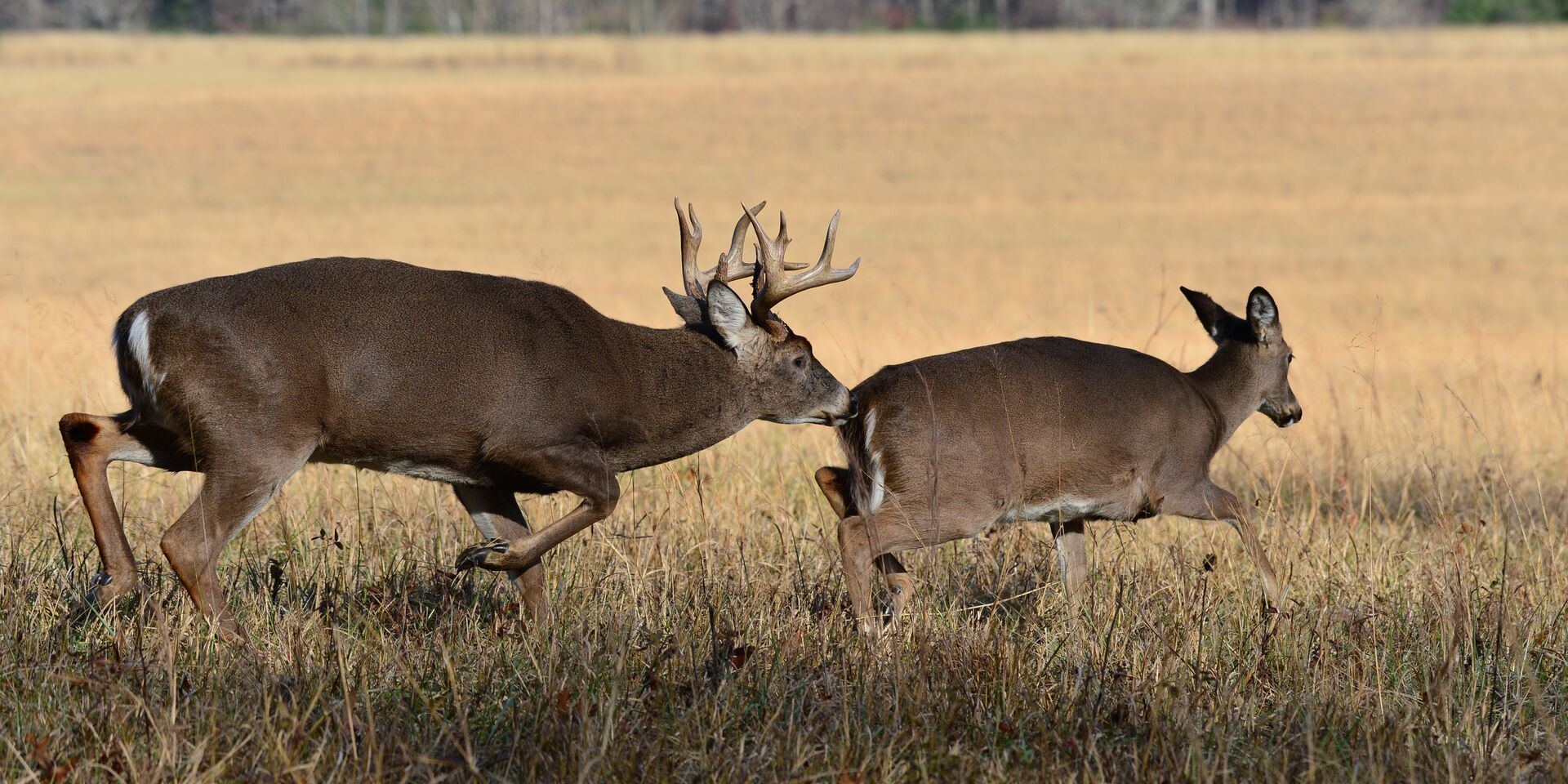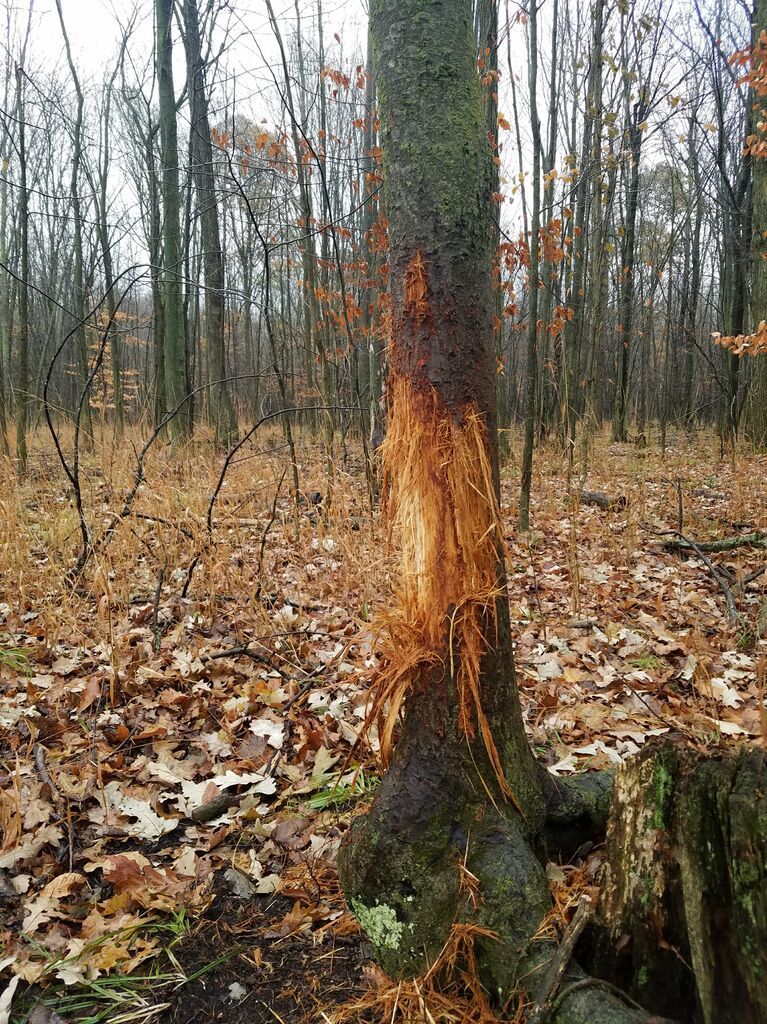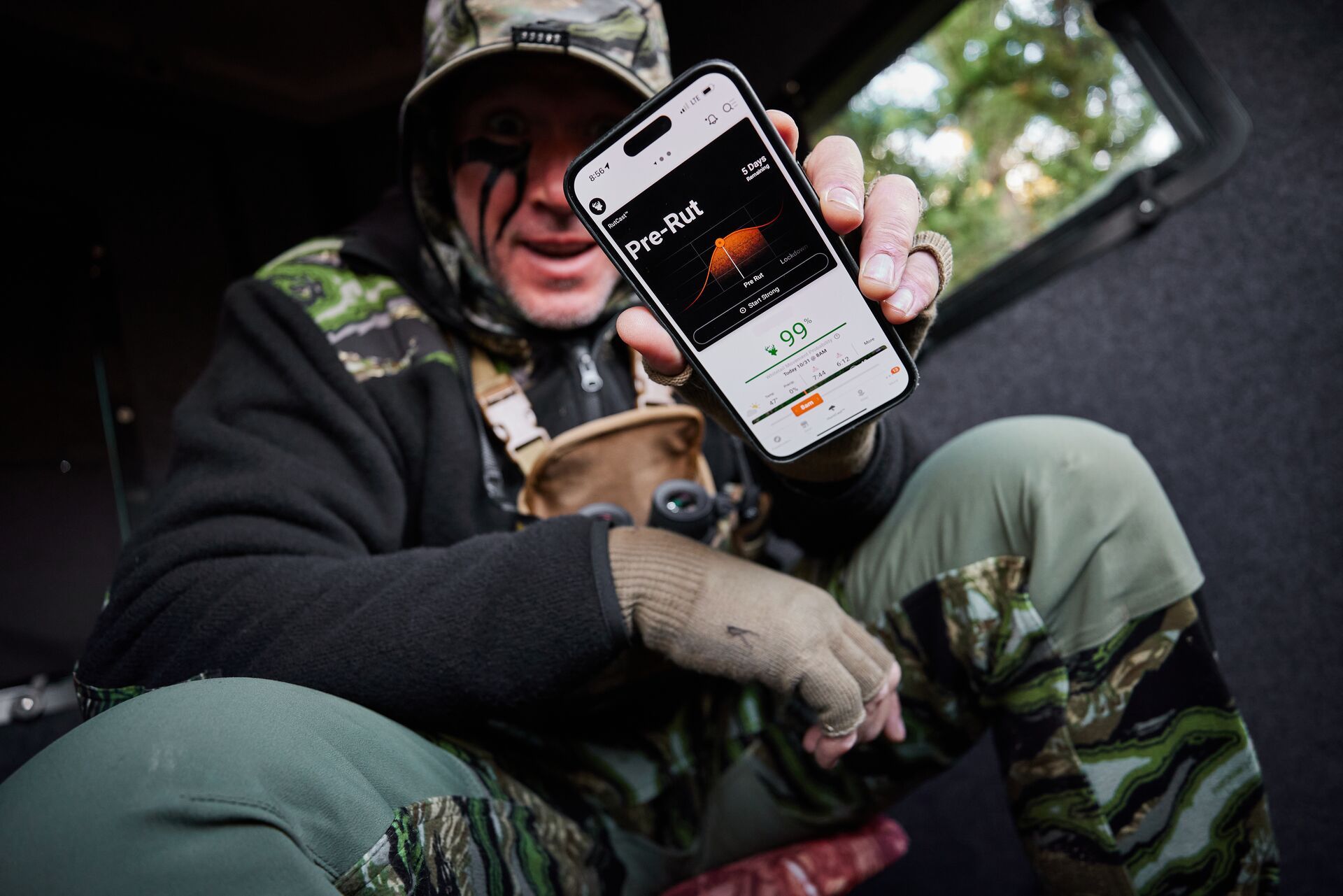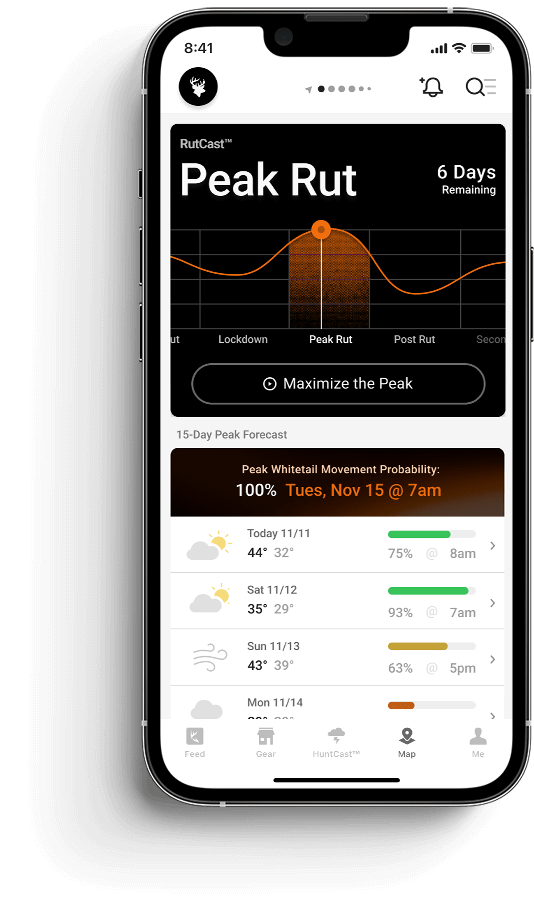Field Guide / Hunting Tips
How to Hunt the Whitetail Rut (Successfully)
When it comes to the annual whitetail rut, you no longer have to leave it to chance, your best guess, or any of the outdated and inaccurate myths and urban legends that have been passed down from hunter to hunter over time.
Previous in Hunting Tips
More Content Like This
10 Photography Tips for Hunting Influencers
Creating visually engaging images has always been the end goal of a photographer. With the rise of social media platforms, engaging user-created content is more important than ever. Read More
Read More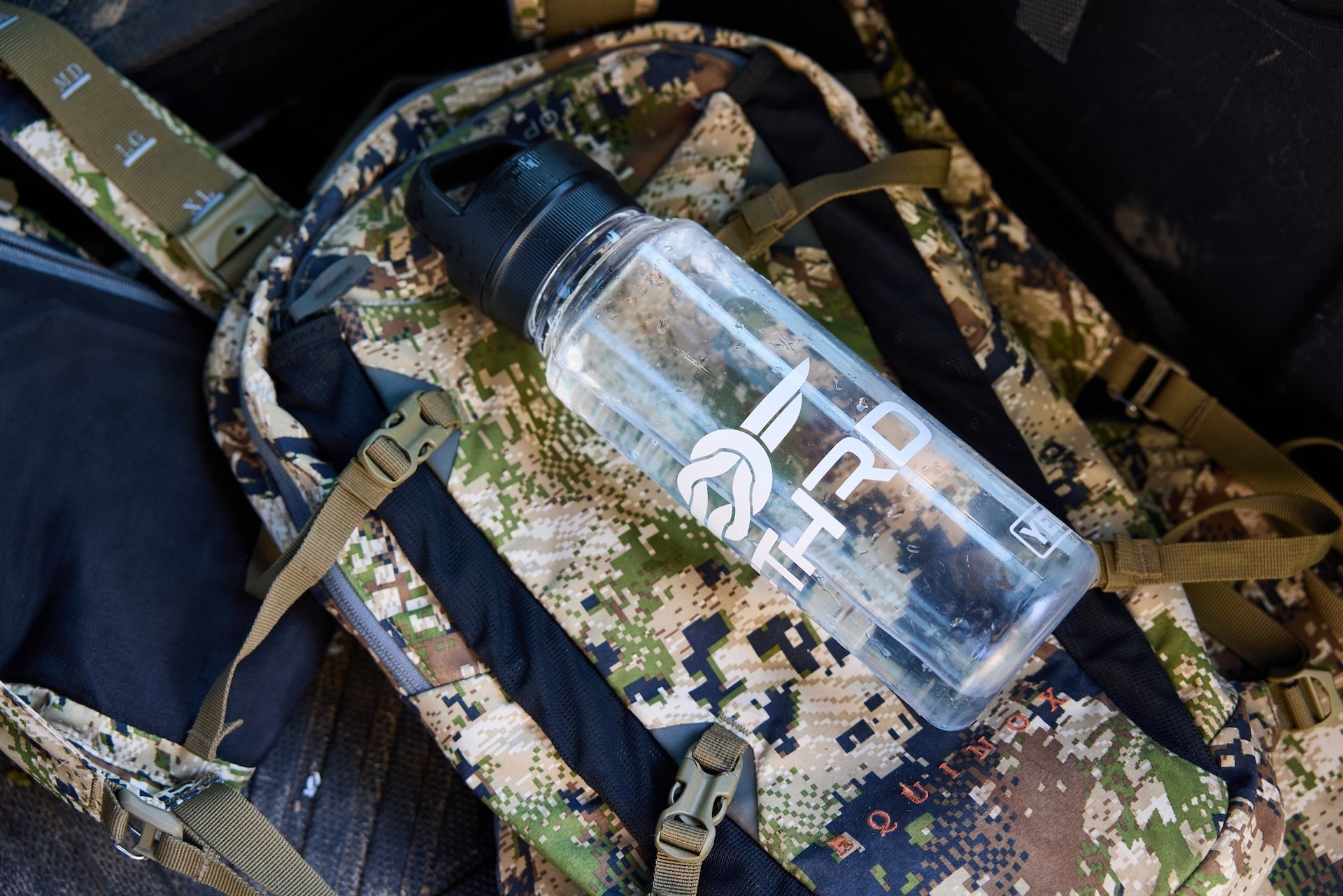
How to Stay Hydrated When Hunting in Summer Heat
Usually, around this time of year, I start getting antsy. I begin making plans for food plots, staring at maps for new areas to scout, and figuring out where I want to shuffle around my hunting stands. But this is also the time of year when daily hig...Read More
Read More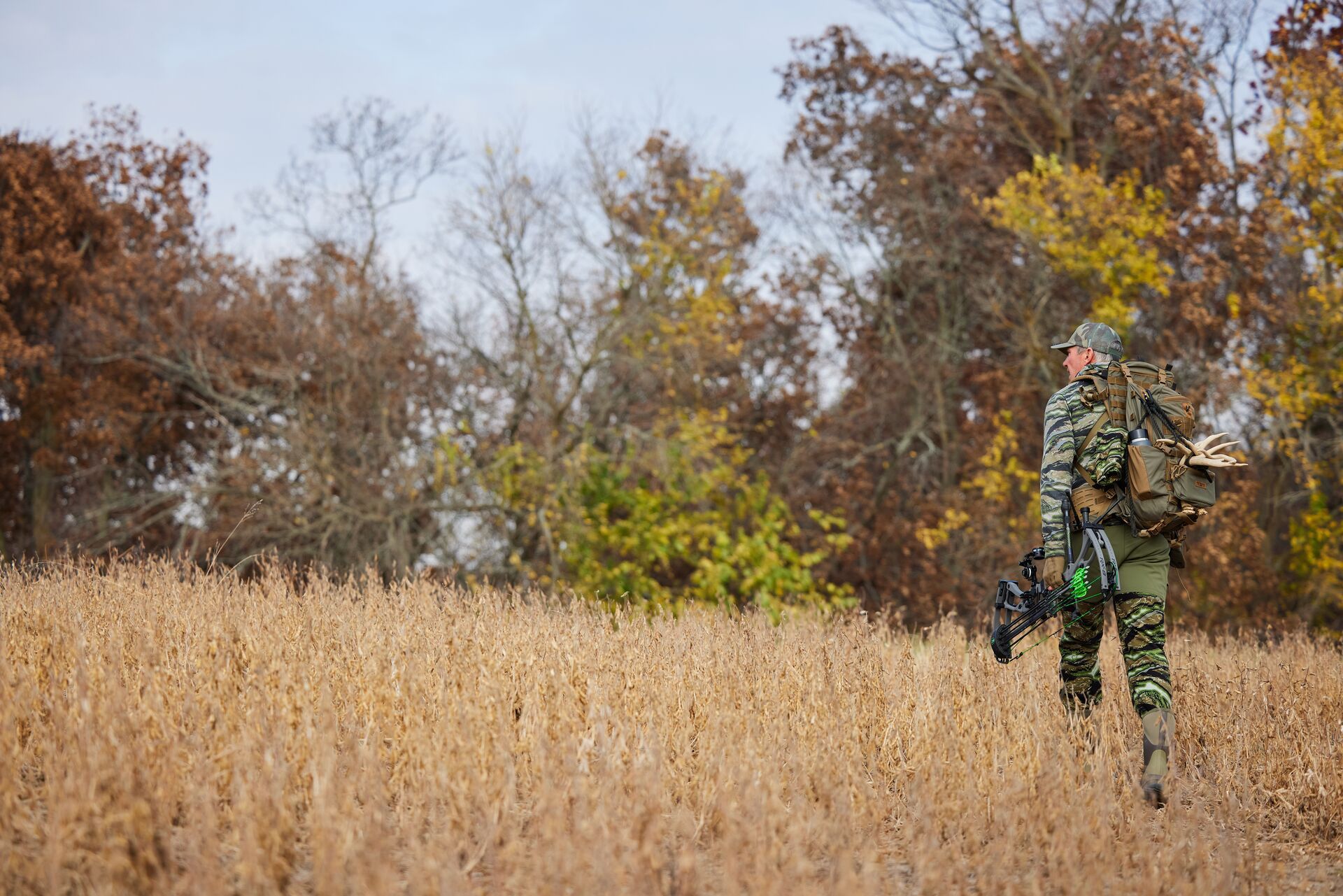
How to Get Permission to Hunt Private Land [10 Tips]
Have you ever been driving through the backcountry only to pass parcel after parcel of stunning private land that you know holds big bucks and thought, "I wish I could get in there?" Read More
Read More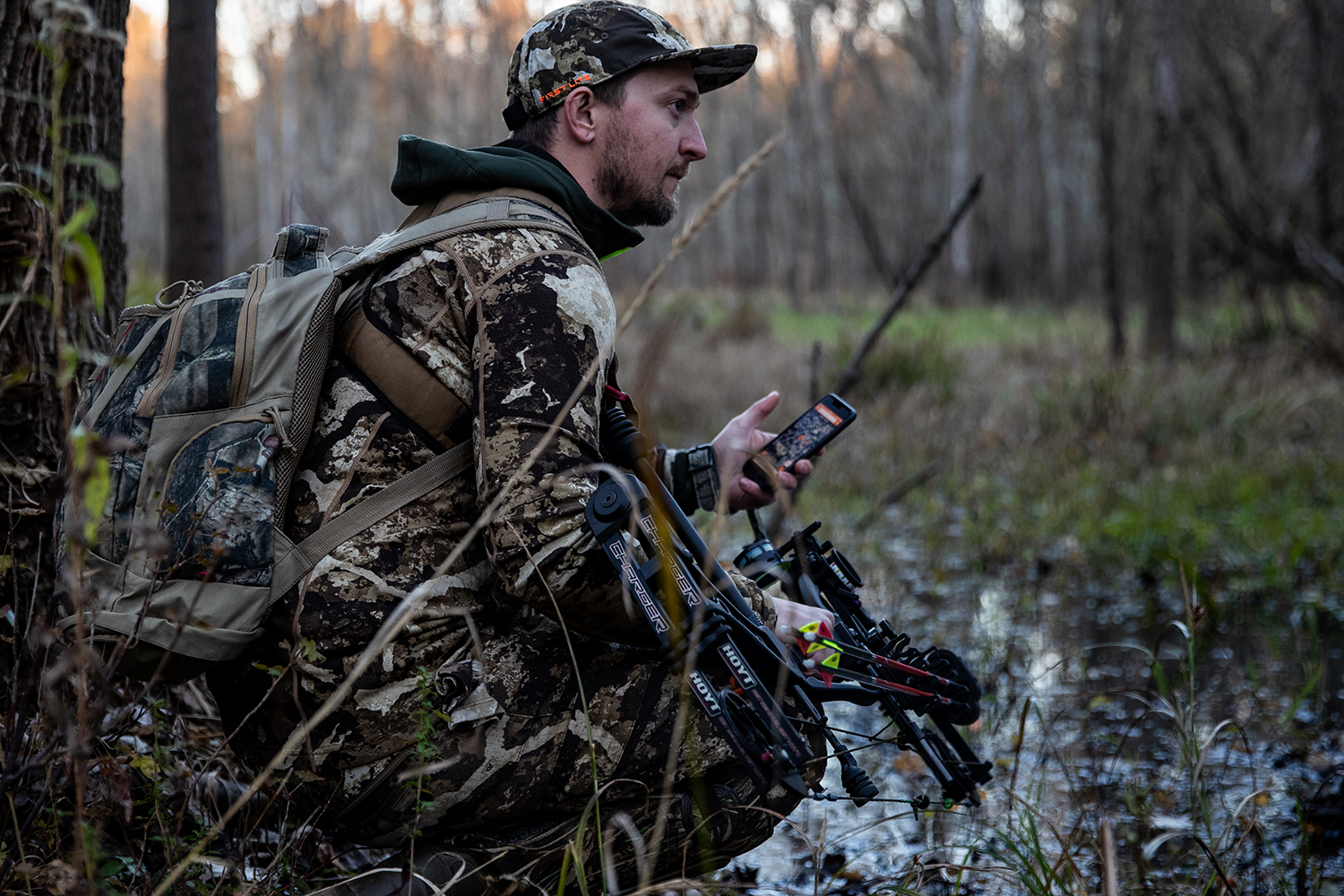 Hunting Tips
Hunting Tips10 Photography Tips for Hunting Influencers
Creating visually engaging images has always been the end goal of a photographer. With the rise of social media platforms, engaging user-created content is more important than ever. Read More
Read More Hunting Tips
Hunting TipsHow to Stay Hydrated When Hunting in Summer Heat
Usually, around this time of year, I start getting antsy. I begin making plans for food plots, staring at maps for new areas to scout, and figuring out where I want to shuffle around my hunting stands. But this is also the time of year when daily hig...Read More
Read More Hunting Tips
Hunting TipsHow to Get Permission to Hunt Private Land [10 Tips]
Have you ever been driving through the backcountry only to pass parcel after parcel of stunning private land that you know holds big bucks and thought, "I wish I could get in there?" Read More
Read More
1 of 3
